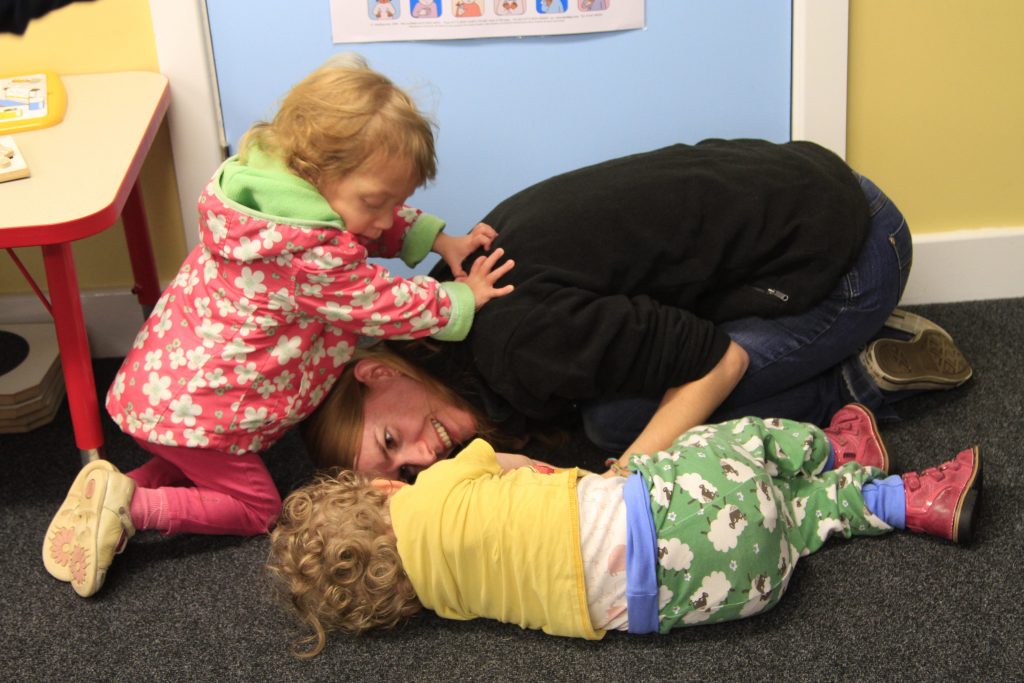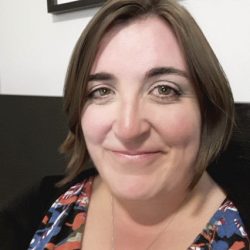Building early years capacity for inclusion
Catherine McLeod writes about the experience of Dingley’s Promise

Most organisations that understand inclusion, become inclusive. Dingley’s Promise though, decided that it could help more children and families if it remained specialist but with a key aim of ensuring the long term inclusion of children in the mainstream education system. This model means that there is an option for children who, like around 50% of children with SEND in the UK, are turned away from mainstream nurseries. However research shows that the earlier we can reach children with SEND, the better their lifelong outcomes will be. With this in mind, Dingley’s Promise aims to ensure that no child is left behind in the early years, and acts as a safety net to get them on the path to inclusion.
While most local authority decisions are made according to the perceived needs and development levels of the child, at Dingley’s Promise we look at three aspects when planning activities and pathways to inclusion. Firstly, with the child, we identify strategies that work for them, and fully understand their interests, needs and preferences so that learning can be built around them.
 Oliver (not his real name) attended daily sessions with us when he had to leave his mainstream early years setting who said they ‘couldn’t cope’ with his needs. We worked with Oliver to help him communicate using PECS, and he progressed to stage 4, where he would form a sentence using symbols (e.g I want garden) and take the sentence strip to a practitioner and point to each symbol. He then began to make sounds and use some words when using PECS. We encouraged him to eat at the table with other children, as when he came to us he insisted on eating alone and would become very distressed if this was changed. Small steps were used to bring him closer to the other children until he was happy to eat next to them.
Oliver (not his real name) attended daily sessions with us when he had to leave his mainstream early years setting who said they ‘couldn’t cope’ with his needs. We worked with Oliver to help him communicate using PECS, and he progressed to stage 4, where he would form a sentence using symbols (e.g I want garden) and take the sentence strip to a practitioner and point to each symbol. He then began to make sounds and use some words when using PECS. We encouraged him to eat at the table with other children, as when he came to us he insisted on eating alone and would become very distressed if this was changed. Small steps were used to bring him closer to the other children until he was happy to eat next to them.
Secondly, we focus on the situation of the family and really understanding what is happening for them, what their hopes are for their child and what support they need themselves. We have a family support worker who engages closely with the family through a range of activities – both one to one and in groups where they can also find peer support.
Oliver’s parents really wanted him to go to a special school due to the experiences they had at the first early years setting. We worked with the parents to reassure them that he would be able to succeed in a mainstream primary school with the right strategies while he waited for his EHCP assessment to take place. We supported them in the process of applying for the EHCP, ensuring that their views were a key part of the assessment process. Once his parents were comfortable, we helped them to identify the primary school they would like him to go to, and supported them to apply for that school, safe in the knowledge that we would have a detailed transition with the school.
Finally, we work closely with mainstream settings to make sure that they have detailed, supportive transitions. In addition, we also provide support and advice to settings if they have concerns about working with a child effectively.
We worked very hard to ensure that Oliver’s transition to primary school was successful. In addition to our reports and information, for one month before he moved, teachers from the school visited weekly to observe the strategies that work with him such as timers, warnings, and now and next.
Oliver is just one child, and last year 60% of all of our transitions were to the mainstream. However our own research showed that 63% of local settings felt they couldn’t accept more children with SEND unless they had more training and support, and so we are committed to providing this to support the growth of wider inclusion.
Catherine McLeod
For more information see www.dingley.org.uk

![Allfie [logo]](https://www.allfie.org.uk/wp-content/themes/allfie-base-theme/assets/img/allfie-logo-original.svg)



